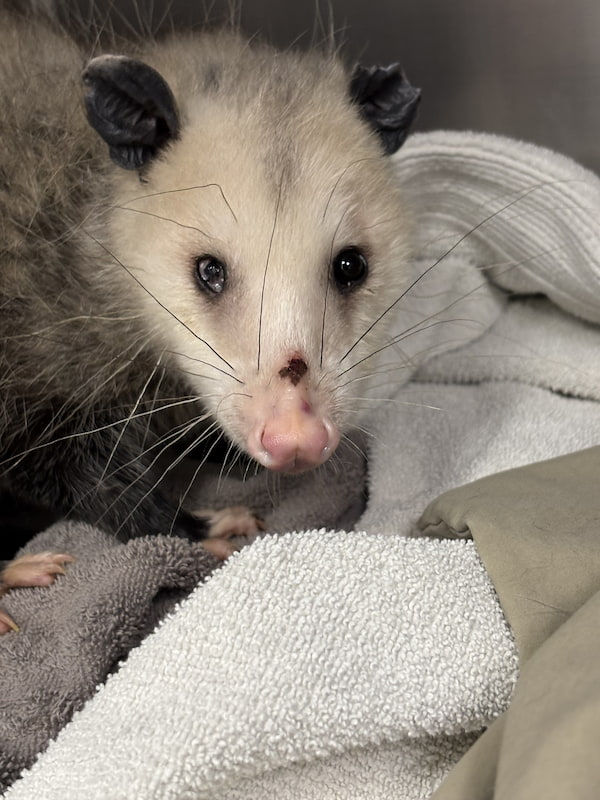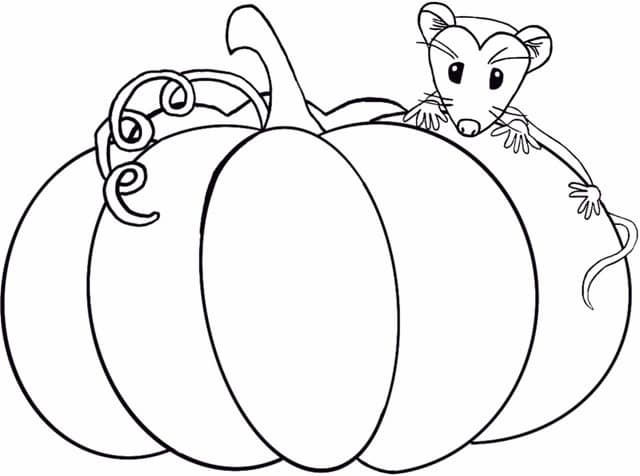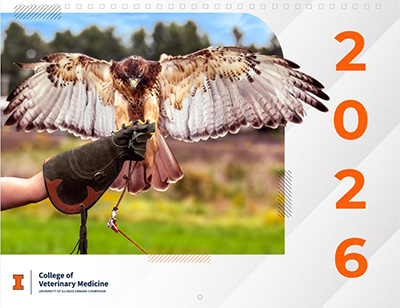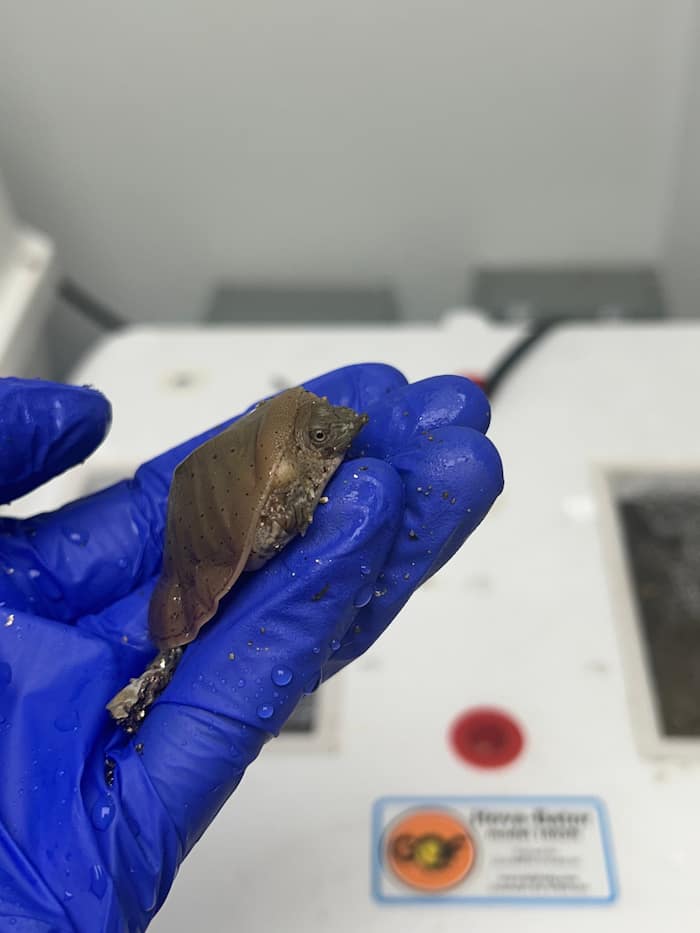The Dangers of Cat Bites
As cuddly, friendly, and cute as they can be, at the end of the day, cats are predators and pose a risk to our local wildlife species, especially birds and rabbits. Cats are a significant danger to wildlife for many reasons, some of which include predation, disruption of the ecosystem, and disease transmission. Severely reducing or eliminating these risks that cats introduce can be attainable and we should do our best to try.
Predation
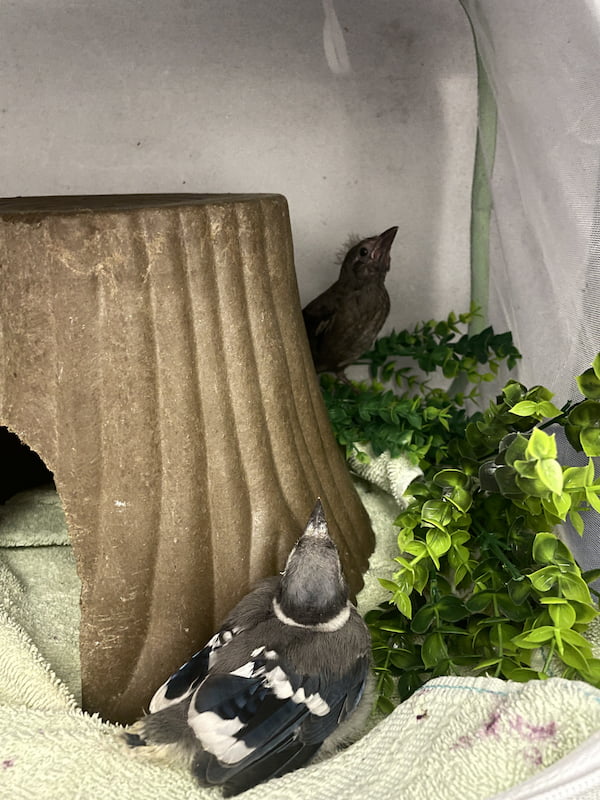
A cat can catch various wildlife species and inflict damage by tearing the skin, introducing bacteria to the wound, and shaking the animal causing internal damage, among other things. Many animals that come into the Wildlife Medical Clinic that have been victims of outdoor cats, unfortunately, do not make it due to the extent of their injuries or through infection. Cats are hunters at heart and are responsible for the deaths of billions of mainly birds and bunnies. These deaths can have an impact on local populations particularly those endangered or at risk; subsequently, affecting certain species populations could have a domino effect on other species in the ecosystem.
Environmental Contamination
One common infectious agent is Toxoplasmosis which is a disease contracted from the parasite Toxoplasmosis gondii. Cats are known hosts to this parasite and while the cat may not show any symptoms they can transfer this parasite to wildlife species and even humans through their feces. The parasites’ oocytes laid in feces are resilient in adverse environments and become infectious. Water, soil, and food can become contaminated thus continuing the spread. Toxoplasmosis can have significant effects on certain wildlife species and some have shown cases of mortality to the parasite, for instance, sea otters.
Spread of Disease
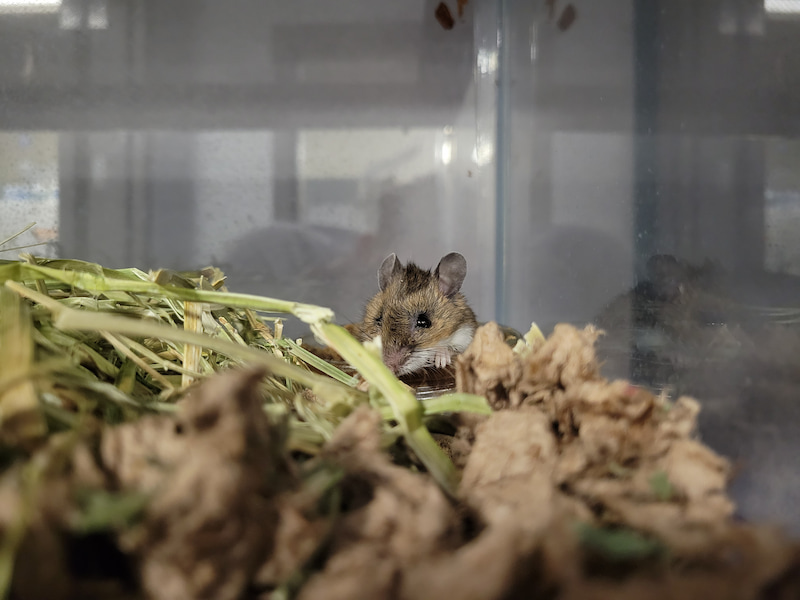
Additionally, cats can be disease reservoirs harboring a pathogen and transmitting the pathogen from host to host thus playing a crucial role in the infectiousness. Pasteurella multocida is a bacteria commonly found in the mouths of cats that is normal and not harmful to them but dangerous if infected to other animals like cottontail rabbits. Prey animals like bunnies, typically are not that resilient to infections so Pasteurella multocida from a cat bite is often deadly.
Clinical signs of Pasteurella multocida include respiratory distress, hemorrhage, septicemia, death, etc. Wildlife animals are already subject to various predators and risks to their lives without adding domestic cats to the mix.
Prevention for our Wildlife
The only foolproof prevention from the consequences of cat bites in our wildlife species is to protect them from predators like our furry friends. Keeping cats indoors protects not only wildlife from infections, injury, and death but the opposite is also true. Cats are also susceptible to harm from wildlife species such as rabies, which is fatal. Rabies vaccination is a great start for prevention but avoiding exposure to the virus is optimal. Veterinary Medicine goes beyond treating sick animals and aims toward prevention in order to keep animals, humans, and our environment alike all healthy. We love our cats and want the absolute best for them, and the best for them is keeping them safely inside which is coincidentally the best for our local wildlife populations. However, if a domestic cat is so inclined to be outdoors then it would be best if they are monitored and potentially kept on a leash to assure the safety of our outdoor friends as well as those we keep indoors.
References
Liao, Kristine. “Outdoor Cats Are Deadly-and Not Just for Birds and Squirrels.” Popular Science,31 May 2022.
Mostl, Karin. “Guideline for Pasteurella Multocida Infection.” ABCD Cats & Vets, 9 July 2024.
University, Texas A&M. “How Free-Roaming Cats Impact Wildlife, Disease Transmission.
University, Texas A&M. How free-roaming cats impact wildlife, disease transmission. Phys.Org, Phys.org, 20 Oct. 2023.
Written By: Kristen C., Class of 2027

